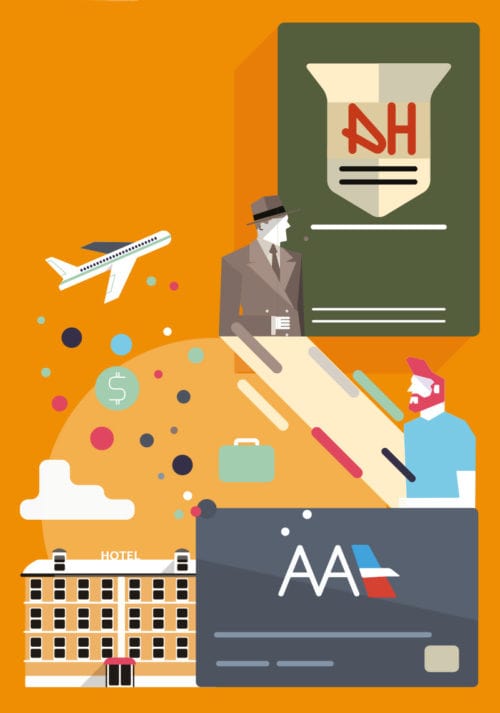Shifting Allegiances and Reward Plans: Airlines Bank on Pax Loyalty
Share

This article is an excerpt from “One Good Idea Deserves Another,” originally published in the Innovation Issue of APEX Experience magazine.
APEX Insight: What do rainforest creatures, Uber, smart glasses and the aerospace industry have in common? A few really good ideas. This multipart feature looks at the power of industrious thinking, and how invention migrates from one industry to the next.
Loyalty programs as incentives for repeat purchases have their origins in the early 20th century, with the introduction of the popular Sperry & Hutchinson Green Stamps. As many loyalty programs have proven over the decades, credibility and brand allegiance is a currency to bank on.
The credit card industry has clearly reaped the benefits of loyalty programs, and the banking industry is also capitalizing on it. Retailers, from coffee shops to mobile phone companies, have developed programs to reward customers for their repeat business.
In 1981, American Airlines developed one of the airline industry’s first mileage-based rewards programs, AAdvantage, which grew to be a huge success for the airline and was quickly emulated around the world. United Airlines and Delta Air Lines followed with their own loyalty programs in the same year and only two years later, in 1983, the Holiday Inn hotel chain launched the first points-based hotel guest program of its kind, Priority Club.
From My Starbucks Rewards to McDonald’s gamified Monopoly program, brand loyalty initiatives have taken off in the retail and service industries, allowing customers to accrue – in most cases – points for dollars spent. In contrast, airline programs have historically been unique for their avoidance of revenue-based rewards systems, favoring instead to allot frequent flyers points for miles flown – but that’s changing.
“The travel industry, including nearly all hotel and credit card programs, has already moved to a spend-based model.” €” Jeff Robertson, Delta Air Lines
In 2014, Delta shook up the loyalty landscape by announcing its SkyMiles program would shift to a revenue-based rewards system. “The travel industry, including nearly all hotel and credit card programs, has already moved to a spend-based model,” said Jeff Robertson, vice-president, Product, SkyClubs and Marketing Communications, Delta Air Lines, in a press release. “Delta will become the first US global carrier to make this transition to better reward our most loyal customers.”
Shortly after Delta’s announcement, United Airlines, Qantas and American Airlines made similar changes, while Alaska Airlines has notably held fast to the mileage model, which has repeatedly garnered the airline high rankings.
Shifts like Delta’s may be symptomatic of a growing lack of loyalty among flyers. A recent Deloitte report found that more than one-third of high-frequency business travelers participate in at least four airline loyalty programs, and two-thirds of overall respondents were open to switching to a competitor’s program even after achieving the highest status level.


